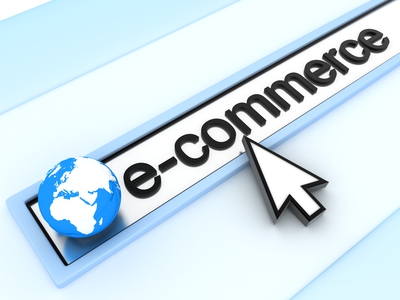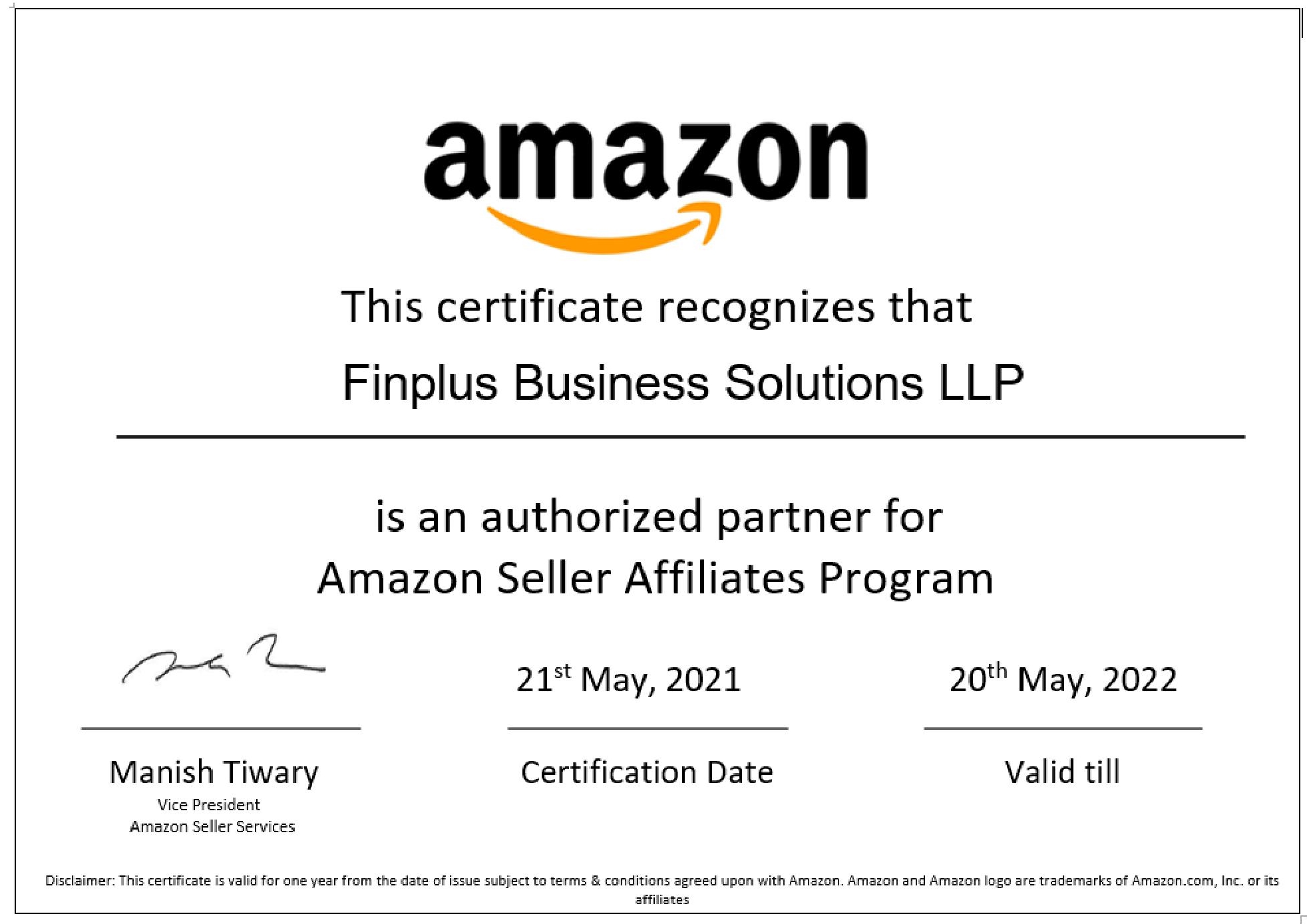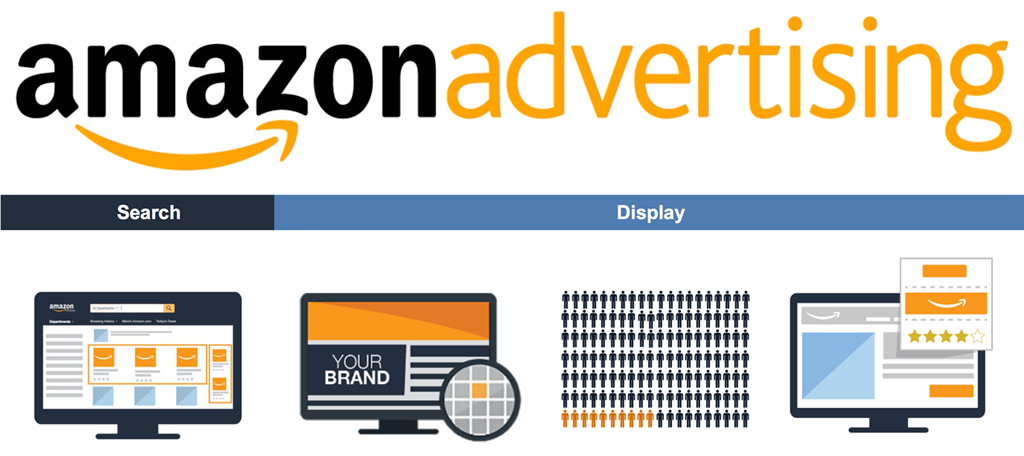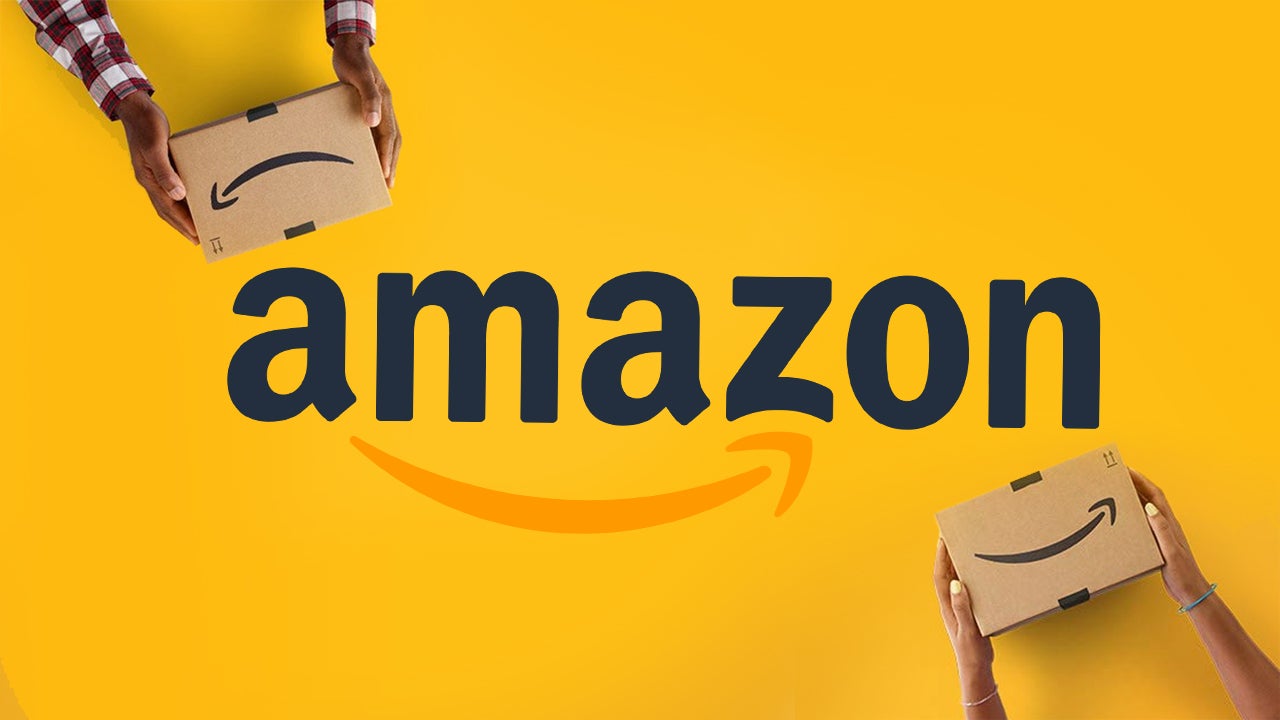
Blurring Lines Online Offline Reshaping Indian retail website
Consumers begin their journey on-line with a click and acquire service, by way of placing an order on-line. often retailers have done an amazing job of making this on line experience easy and frictionless. however when a consumer arrives in offline store – they don’t know where to go to collect their parcel, and when they do, they may ought to queue for a long time. customers have a terrible experience that they do not want to repeat.
The battle for Indian retail house is between Flipkart, Amazon and Paytm, or is it Reliance Industries and Future Group?
Buying grocery was as easy as walking all the way down to, or job up, the closest kirana. Then came the large-format stores that offered to search as AN expertise, and gave the terribly cost-conscious Indian client huge discounts and sweet deals. Then came the e-commerce giants with their huge investors.
While shopping for grocery has solely become easier and additional profitable, marketing it has become another ball game altogether.
The pot of gold for international giants, be it Alibaba(Paytm), Amazon or Walmart(Flipkart), is to know Indian food habits, and searching habits for home and wardrobe – in brief, the standard of living of the buyer and his or her wants from dawn to time of day.
“Something fundamental has changed in India. Brands (retailers) today have realized the potential of e-commerce; there is no need to invest in brick and mortar, and e-commerce gives you access to top 25 cities in an instant,” says Vinay Singh, Managing Partner at Fireside Ventures.
And everyone is eyeing the new consumer. “The new consumer is clear with what he wants. He looks at balancing benefits and costs. He wants experiences, and is responsible about what he consumes,” Vinay says.
So, what has shifted? How? And what comes next?
The Indian retail house is a stimulating play between Indian and foreign retailers and is popping dead set be one in all those surprising marriages. those that were once rivals are currently bedfellows as all eyes the Indian retail pie that, per international firm, E&Y, is valued at $650 billion, and is growing on the brink of 10% annually.
Rewind a decade to once Tesco declared its £84-million partnership with the Tata cluster in 2008. The retail trade disquieted it’d pave the method for foreign direct investment (FDI) for brick-and-mortar retailers.
Fearing competition, incumbents opposed FDI and even managed to own it pushed back for a minute. The Indian government then sprung a surprise, gap up FDI in e-commerce marketplace-based merchandising between 2014 and 2016. international retailers rush in, and over $15 billion was endowed within the Indian e-commerce retail system in a very span of 2 years.
Industry insiders say investors Tiger international, Accel Partners, Softbank, Alibaba, Amazon, and Walmart, seeing the potential in the Asian country, lobbied with the govt to open up FDI.
“The battle for retail in Asian country cannot be between e-commerce or brick and mortar. it’ll be concerning international retailers shopping for Indian corporations and increasing their share of the Indian consumer’s pocketbook,” says Devangshu Dutta, corporate executive of firm Third sightedness.
Cut to 2018, and therefore the stage was set for acquisitions and partnerships.
The government currently permits 51% FDI in food and grocery business, and 100% in non-food multi-brand merchandising. Future cluster and Reliance Retail have recently detached to the likelihood of partnerships with international corporations.
And why not – going it alone is a fashionable proposition, and international investors and retail giants go along with deep pockets, deeper insights, and presumably a wider product catalogue.
Reliance Retail, a subsidiary of Reliance Industries, has 8,533 stores across the country and a revenue of Rs 69,198 large integer for FY2018. Future cluster reported a revenue of Rs eighteen,477 large integer for FY2018, creating it the second largest distributor in Asian country.
The aim is to capture the ensuing five hundred million customers.
earlier than it changed into obtained for $16 billion through Walmart in might also this 12 months, Flipkart, between 2008 and 2005, raised $7.3 billion – extra than all of the pinnacle shops combined.
Walmart has been around for a decade with its coins-and-carry operations and serves greater than one million mother-and-pop outlets who cater to more than 100 million Indians.
With Flipkart, it now has get right of entry to to every other 250,000 sellers and an unheard of eighty million online clients. Amazon boasts of a similar quantity – 80 million clients and over 250,000 dealers. most of those numbers, even though, are estimates from analysts in retail consulting businesses E&Y and KPMG.
Then, Amazon upped its sport and worked out a deal with Samara Capital to buy out Aditya Birla Retail’s more for Rs four,400 crores. The deal was closed handiest final week. though Amazon owns only 49 percent in extra, it has were given get admission to its 575 shops, 50 million clients in 12 months, of which 20 million are “clubmore” clients. Amazon had in 2017 obtained five percent stake in lifestyle retailer consumers prevent for Rs 180 crore. buyers forestall’s ‘First Citizen’ loyalty programme has 5.3 million customers.
Walmart – thanks to its coins-and-bring and ecommerce enterprise – has access to 70-80 million greater Indian customers than Amazon due to the fact its 1 million clients serve extra than one hundred million clients and workplaces. thru those small groups, they know how purchasers are shopping grocery and different items.
If Amazon wants to scale similarly, it has to feature more clients. The only way is by way of selecting up stake in organizations like future institution. A supply who works carefully with future institution CEO Kishore Biyani says Amazon Founder and CEO Jeff Bezos continuously calls upon Biyani; that they’re proper friends, and might grow to be business partners quickly.
If that takes place, Amazon gets get admission to to over a hundred and fifty million consumers. In fact, Amazon already has a partnership with future organization that it had signed in 2014 and entailed know-how sharing, and promoting future organization’s portfolio of over 40 manufacturers on Amazon.in





